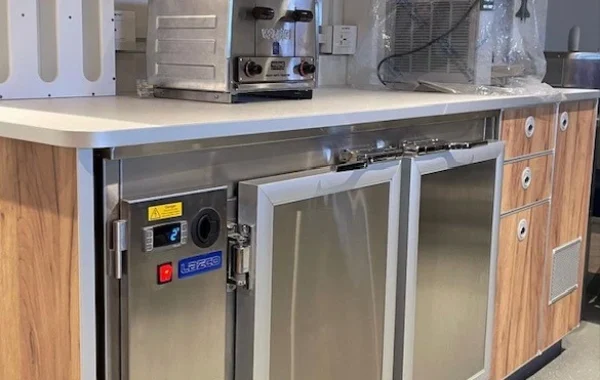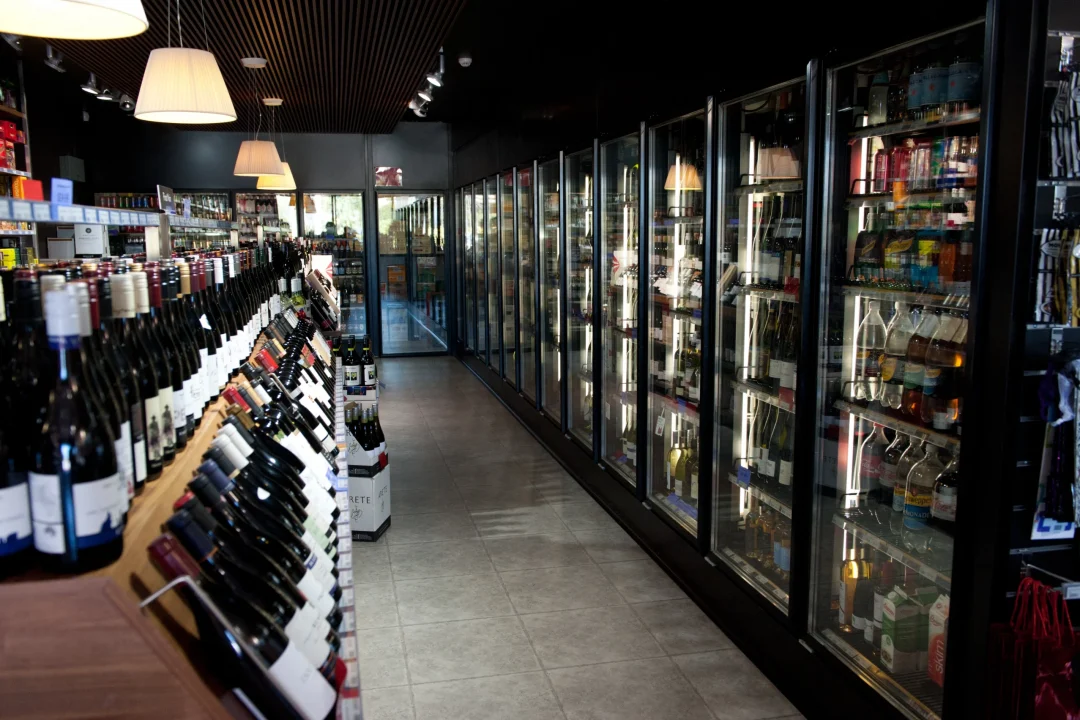INSIGHTS
Build an Efficient Marine Refrigeration System: 6 Quick Steps for Immediate Results
Navigating the complexities of marine refrigeration can be daunting. As a vessel owner or manager, you may have faced issues with inconsistent cooling, high energy consumption, or frequent system breakdowns, all of which can jeopardise the quality of your provisions and the efficiency of your operations. These challenges are not only frustrating but can also lead to costly repairs and downtime.
In this blog post, we will guide you through the essential factors to consider when designing the perfect marine refrigeration system. By following these expert tips and actionable steps, you’ll ensure your system is efficient, reliable, and tailored to your specific needs. Say goodbye to refrigeration woes and hello to a more streamlined and effective cooling solution that enhances your vessel’s performance and longevity.


1. Choose the Right Type of Refrigeration System: Efficiency and Suitability
Selecting the right type of refrigeration system is crucial for ensuring efficiency and suitability for your marine environment.
- Assess Your Needs: Determine the size and type of your vessel to choose between air-cooled and water-cooled systems.
- Energy Consumption: Evaluate the energy requirements and opt for a system that aligns with your power capacity.
- Space Constraints: Measure available space to ensure the refrigeration system fits seamlessly into your setup.
- Design in Redundancy: Ensure you consider back-up systems to allow peace of mind when out on the high seas.
2. Focus on Insulation Quality: Improved Performance and Longevity
High-quality insulation is essential for maintaining consistent temperatures and enhancing the performance and longevity of your refrigeration system.
- Select the Right Materials: Use high-density foam insulation to prevent heat transfer and ensure optimal cooling.
- Check Insulation Thickness: Ensure insulation is thick enough to handle the specific conditions of marine environments.
- Seal Gaps: Inspect and seal all gaps to prevent air leakage, which can compromise efficiency.
3. Opt for Durable Materials: Enhanced Reliability and Maintenance
Choosing durable materials for your marine refrigeration system ensures reliability and reduces the need for frequent maintenance.
- Corrosion-Resistant Metals: Use marine grade stainless steel or other corrosion-resistant metals for components exposed to seawater.
- Robust Construction: Select systems with reinforced construction to withstand the harsh marine environment.
- Quality Fittings: Ensure all fittings and connectors are of high quality to prevent leaks and wear.


4. Ensure Proper Ventilation: Efficient Cooling and System Longevity
Proper ventilation is essential for the efficient cooling and longevity of your marine refrigeration system.
- Install Ventilation Fans: Use fans to improve airflow around the refrigeration unit.
- Regular Cleaning: Keep ventilation ducts and fans clean to prevent dust buildup that can impede airflow.
- Check Vent Placement: Ensure vents are strategically placed around the refrigeration motor to allow for maximum air circulation.
5. Implement a Routine Maintenance Schedule: Optimal Performance and Safety
Regular maintenance ensures that your marine refrigeration system operates optimally and safely over time.
- Create a Maintenance Log: Keep a detailed log of all maintenance activities, including dates and performed tasks.
- Schedule Regular Inspections: Conduct regular inspections of key components such as compressors, coils, and fans.
- Replace Worn Parts: Proactively replace any worn or damaged parts to prevent system failures.
6. Use Environmentally Friendly Refrigerants: Sustainability and Compliance
Choosing environmentally friendly refrigerants helps in promoting sustainability and ensures compliance with regulations.
- Research Refrigerants: Identify refrigerants that are environmentally friendly and suitable for marine applications.
- Check Regulations: Ensure the chosen refrigerants comply with local and international regulations.
- Consult Experts: Work with marine refrigeration experts to select and implement the best refrigerants for your system.
Conclusion
Designing the perfect marine refrigeration system involves careful consideration of various factors to ensure efficiency, durability, and reliability. From selecting the right type of system and focusing on high-quality insulation to ensuring proper ventilation and regular maintenance, these steps are crucial for optimal performance. Additionally, using durable materials and environmentally friendly refrigerants will further enhance your system’s longevity and sustainability.
By addressing these key factors, you can overcome common refrigeration challenges and enjoy a system that meets your specific needs, ensuring the safety and quality of your provisions while reducing operational costs.
If you found these tips helpful and are ready to take your marine refrigeration system to the next level, get in contact with Lazco today. Our team of experts is here to provide custom solutions tailored to your unique requirements. Reach out to us now to learn more about our bespoke marine refrigeration systems and how we can help you achieve unparalleled efficiency and reliability on your vessel.
FIND OUT MORE ABOUT LAZCO
See why we’re the leaders in Commerical Refrigeration & Sheet Metal Fabrication




